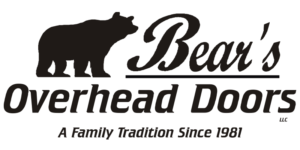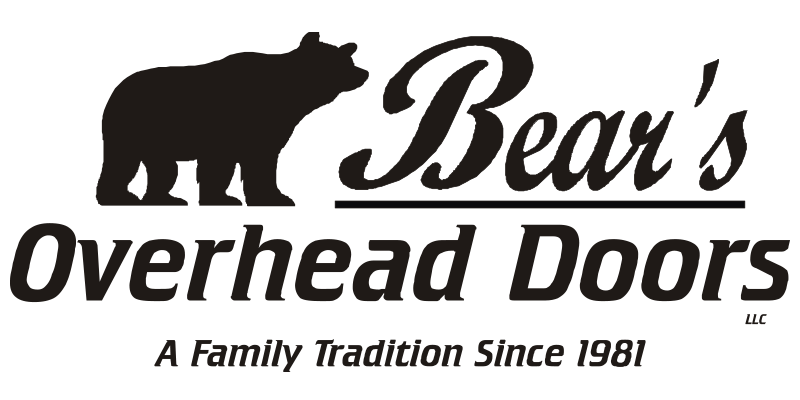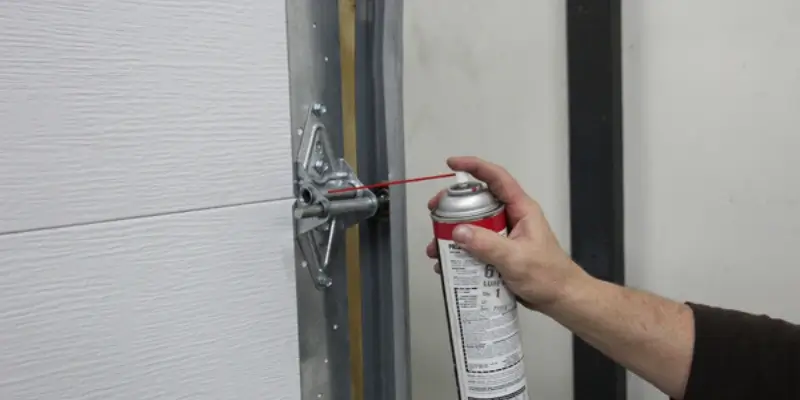Garage doors are integral components of our homes, ensuring safety and convenience. Like all mechanical systems, they require periodic maintenance, and one vital aspect of this is lubrication. Proper lubrication can prolong the life of your garage door, reduce noise, and enhance its smooth operation. In this guide, we’ll explore how to lubricate your garage door in 5 simple steps.
Understanding the Importance of Lubrication
Noise Reduction: A well-lubricated garage door operates silently, reducing the disturbing clattering noise.
Longevity: Regular lubrication reduces wear and tear, prolonging the lifespan of the moving parts.
Smooth Operation: Lubrication ensures a smooth glide while opening and closing.
Tools and Materials Needed
- Garage door lubricant (silicone or lithium-based)
- Cloth or rags
- Gloves
- Safety goggles
5 Easy Steps to Lubricate Your Garage Door
1. Safety First
Disconnect Power: Ensure the garage door opener is unplugged or the circuit breaker is off.
Wear Protective Gear: Put on gloves and safety goggles to protect your hands and eyes.
2. Clean the Tracks
Remove Debris: Using a cloth, wipe away any dust, cobwebs, or debris from the tracks.
Avoid Lubricating: Tracks shouldn’t be lubricated, as this can attract dirt, causing more friction.
3. Lubricate the Rollers
Apply Sparingly: Add a small amount of lubricant to the rollers, ensuring it doesn’t drip.
Focus on Bearings: If rollers have unsealed bearings, make sure they get lubricated. Avoid rollers with plastic wheels.
4. Lubricate the Springs
Apply Generously: The torsion springs (above the door) need ample lubrication to reduce tension and wear.
Smooth Movement: Ensure the door moves up and down smoothly after lubrication.
5. Other Components
Hinges: Lubricate any moving parts of the hinges.
Lock: Lubricate the lock mechanism for smoother operation.
Table: Types of Lubricants & Their Best Use
| Lubricant Type | Best Use |
|---|---|
| Silicone-based lubricant | Rollers, hinges, and bearings due to its resistance to dirt and moisture |
| Lithium-based lubricant | Torsion springs because of its long-lasting properties |
Avoiding Common Mistakes
Using WD-40: WD-40 is not a lubricant but a solvent, making it unsuitable for long-term lubrication.
Over-lubrication: Applying too much can attract dirt, causing more problems in the long run.
Ignoring the Manual: Always refer to the garage door’s user manual for any specific guidelines or lubricant recommendations.
Bear’s Overhead Doors – Your Reliable Partner
We’re the dedicated team behind Bear’s Overhead Doors, and we’ve witnessed the importance of regular maintenance for the optimal performance and lifespan of garage doors. Dedicated to serving the wonderful residents of Rochester, MN, we’re always on standby to assist with any garage door requirements.
If the task of lubricating your garage door feels daunting or if you’re encountering other garage door challenges, our team stands ready to support you. We offer unparalleled garage door repair in Rochester. Combining our expertise, professionalism, and personal touch, you can trust in our services.
Call us now to schedule a service or to address any of your garage door-related queries. Rely on Bear’s Overhead Doors in Rochester to keep your garage door in prime condition.
Conclusion
Lubricating your garage door is a simple yet crucial maintenance task. By following the steps outlined above, you can ensure a longer life and smoother operation for your garage door. Remember, regular care can go a long way in preventing major repairs down the line. Whenever in doubt, seek professional assistance; Bear’s Overhead Doors is always here for you.


